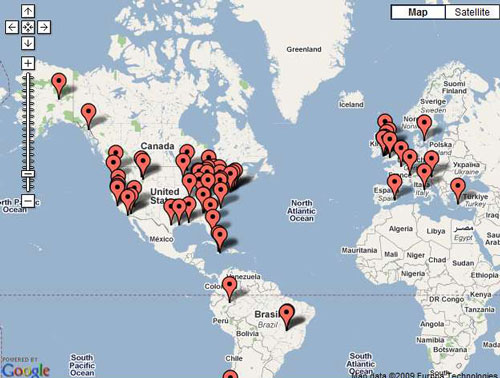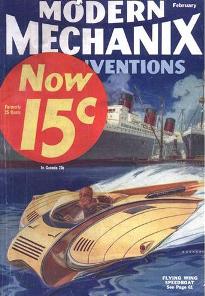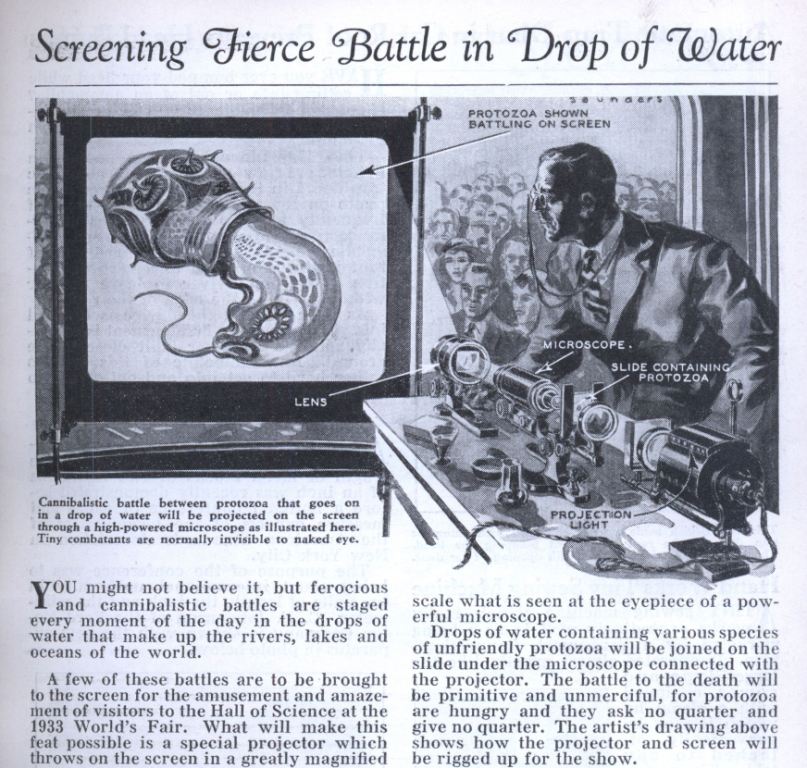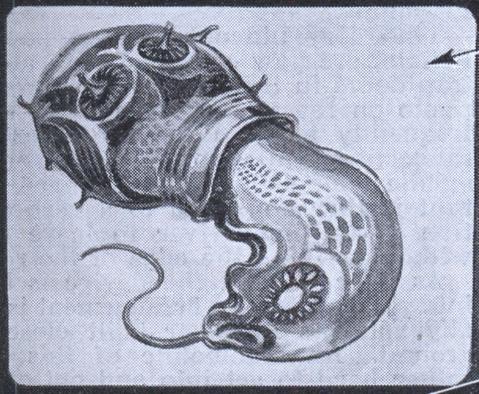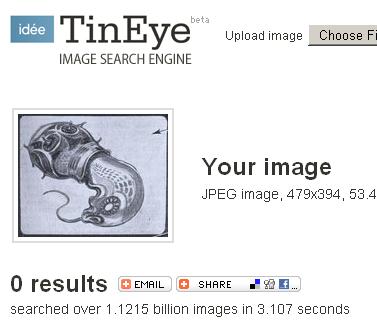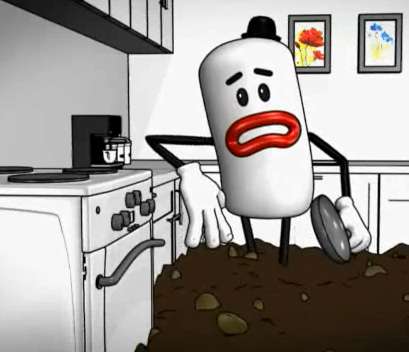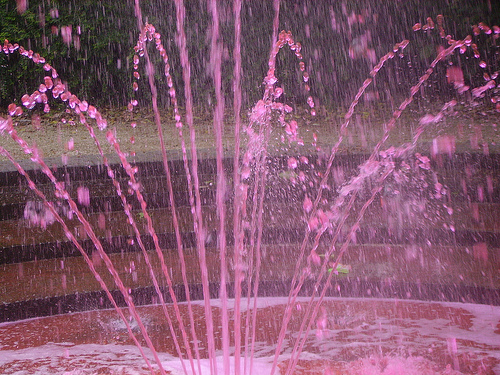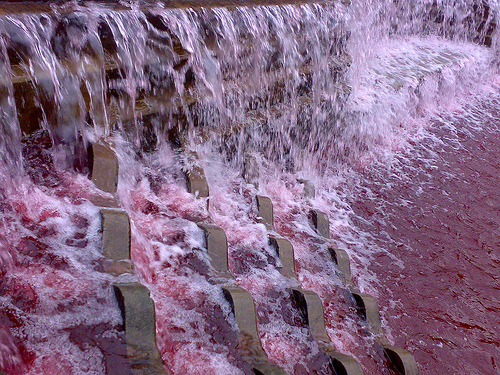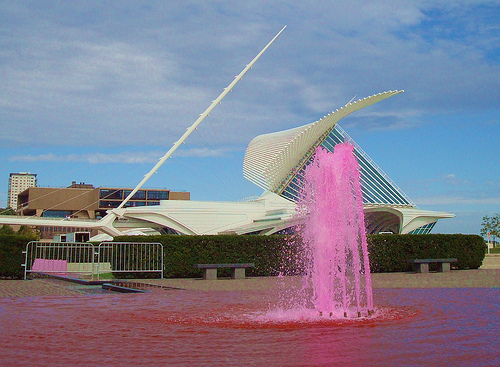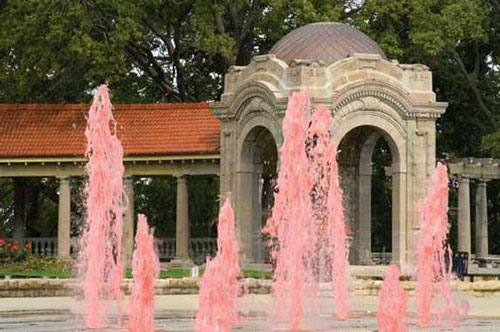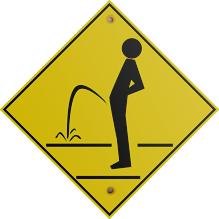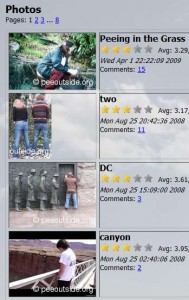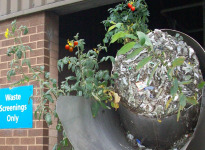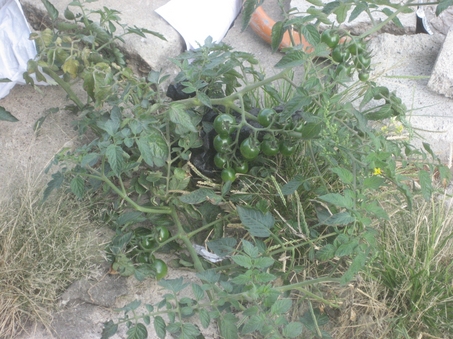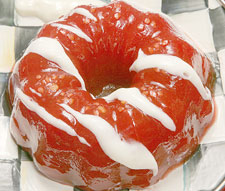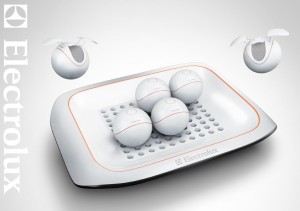 This is Eric Lease Morgan, and for the last three decades he’s been amassing an unusual collection. A water collection. No, I don’t mean collecting samples for testing or other scientific pursuits. Since 1978, he has collected about 200 samples of water from all over the world, for reasons that are unclear even to him.
This is Eric Lease Morgan, and for the last three decades he’s been amassing an unusual collection. A water collection. No, I don’t mean collecting samples for testing or other scientific pursuits. Since 1978, he has collected about 200 samples of water from all over the world, for reasons that are unclear even to him.
From the Atlantic to the Pacific, the River Ganges, Loch Ness, the Canadian Rockies to Three Mile Island to the Peruvian Amazon and many more, his unusual collection has grown steadily. You might imagine that it is displayed carefully in his home or office for all to marvel at the sight. But it isn’t, because that’s not the reason for the collection.
Many of these waters I haven’t seen in years. Moves from one home to another have relegated them to cardboard boxes that have never been unpacked. Most assuredly some of the bottles have broken and some of the water has evaporated. Such is the life of a water collection.
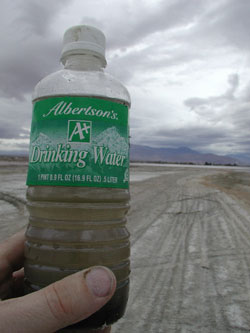
Salton Sea, California
So how did this all begin? Most of us remember that entrancing moment when we first saw the ocean. For Eric, that moment did not come until he was a young adult, in the summer after high school graduation. Since Eric had never seen the ocean before, he and his best friend set out on an adventure to Ocean City, Maryland, and upon arriving…
At 2 o’clock in the morning, my first impression of the ocean was its sound. It was loud. In the light of day I was impressed with its size. Resolving myself to being able to see the ocean whenever I wanted, I bought a deformed bottle for 59 cents and filled it with water. Thus, my water collection was born.
Eric’s college Philosophy major further reinforced the concept through the study of Western thinking.
…Heraclitus who believed the only constant was change, and water was the essencial element of the universe. These ideas were elaborated upon by other philosophers who thought there was not one essencial element, but four: earth, water, air, and fire. I felt like I was on to something.
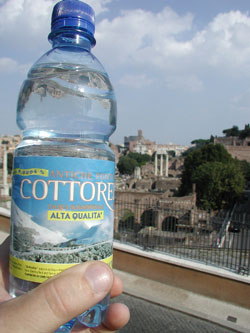
Roman Forum in Rome, Italy
While traveling student-style through Europe in the early 1980s, the collection grew by leaps and bounds. During this six weeks, Eric collected water from the Seine at Notre Dame (Paris), the Thames (London), the Eiger Mountain (near Interlaken, Switzerland), the Aegean Sea (Ios, Greece), and many other places.
Over the years, his collection continues to grow at a slower, but steady pace. Each sample contains not just the element of water, but memories of a time and place… Myrtle Beach, South Carolina on a day playing hooky from work. From a pond at Versailles during his honeymoon. From the Missouri River, following the footsteps of Lewis and Clarke.
And with so many samples and memories, what stands out? What are his personal favorites?
Nice, because it was the prettiest; Atlantic Ocean, because it was my first and it is fun to watch the sand sift through the skinny part of the melted bottle; Caribbean Sea at Lime Cay because that is where my family and I had a whole Jamaican island to ourselves; Roman Forum, just because it came from a cool place; Salton Sea because that water is so dead it is unbelievable.
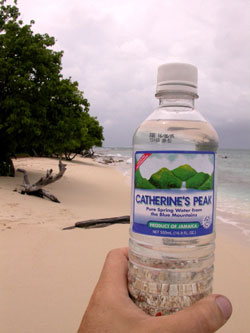
Caribbean Sea at Lime Cay, Kingston, Jamaica
One thing I wondered… with today’s air travel security restrictions, how does he manage to bring home new additions to his collection without getting the full suspected-terrorist treatment at airports?
Security restrictions? Definitely! Collecting water has gotten expensive. When I travel I almost invariably never check any luggage. Unfortunately, carry-on luggage is not allowed to contain bottles of water. Consequently I have recently begun to check my luggage on the trip home — incurring a handling fee — just so my water can come along for the ride. Each of these bottles of water is costing me about $15 each.
And one of the best things about all this? Eric Lease Morgan is a librarian, and a computer-savvy one who has provided access to his collection on the web! So, we can all enjoy browsing the waters of the world from the comfort of our chairs!
Homepage: Eric Lease Morgan’s Water Collection
Collecting Water and Putting it on the Web (3-part blog series)
Water Collection Image Gallery
Water Collection, Links listed alphabetically
Water Collection Map View
Of course Eric’s 30-year endeavor isn’t world-changing, but still, for reasons I can’t explain I’m heartened to know that his water collection exists. I marvel at the fact that all of us can learn of it and see it, even if it is for no practical purpose. Thanks, Eric, for sharing it!
Finally, again, why do I do this? Why do I collect the water? Why have a spent so much time creating a system for providing access to the collection? Ironically, I am unable to answer succinctly. It has something to do with creativity. It has something to do with “arsience“. It has something to do with my passion for the library profession and my ability to manifest it through computers. It has something to do with the medium of my art. It has something to do with my desire to share and expand the sphere of knowledge. “Idea. To be an idea. To be an idea and an example to others… Idea”. I really don’t understand it through and through.
